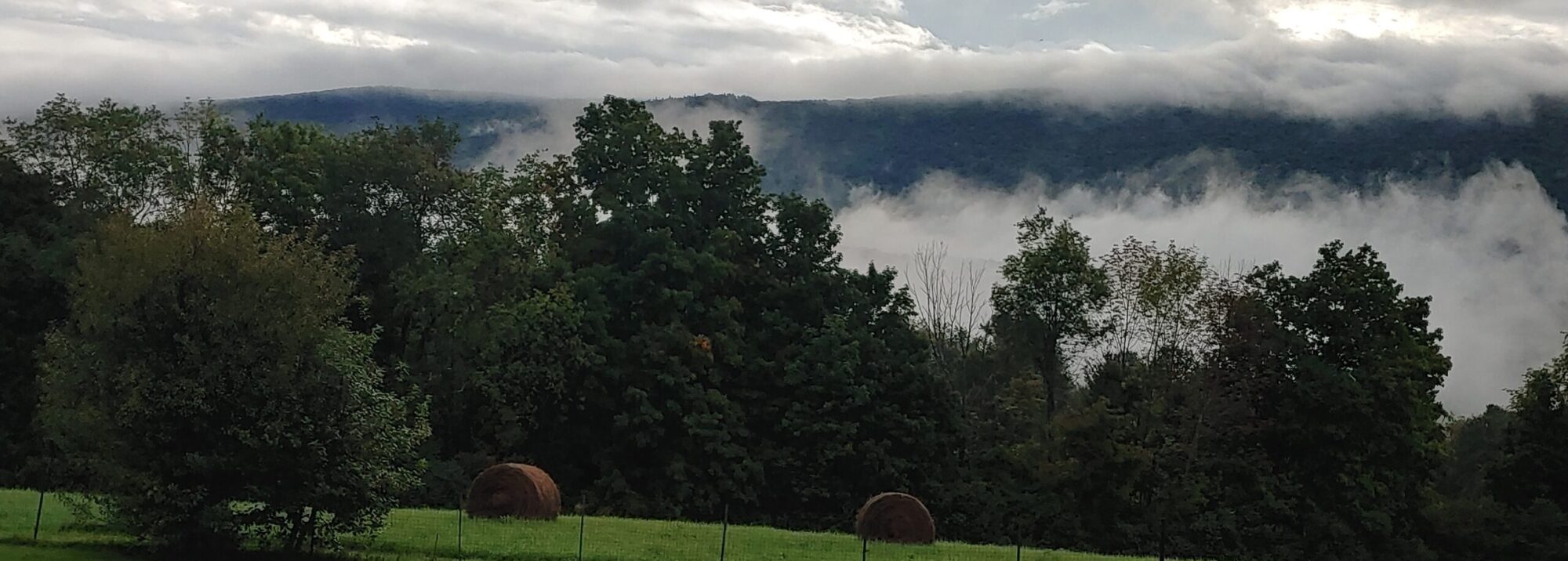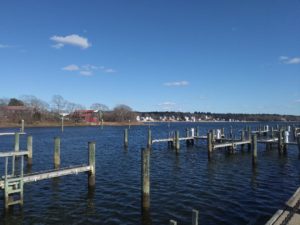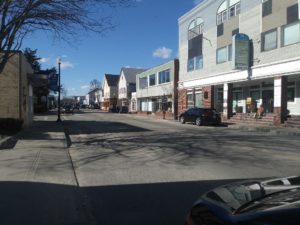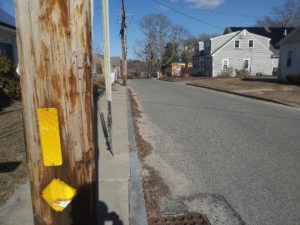Love is not envious or boastful or arrogant or rude
I Cor. 13:4-5
I learned how to tend bar at twenty, mixing drinks at Dockside in Alton Bay when the owners weren’t around to do it. Most people ordered the typical: martini, sombrero, something-and-soda. It wasn’t until I worked at Cranberries in Dover that the drinks got complicated. Fortunately, the bartender who continued my training was a kind man and skilled teacher.
“If you don’t know how to make a drink, ask me. If I’m not here, ask the customer who ordered it. No one knows everything. Only a bad bartender is afraid to learn from others.”
I think the same is true about life in general, bad meaning insecure or unsure rather than a moral deficiency. Not knowing something isn’t shameful, it’s an opportunity to learn. Needing to acquire a particular skill isn’t a failure, just an inevitable part of being human. A willingness to ask questions, to learn from the wisdom and mistakes of others, and to be open to the complexity of the world are honorable qualities that enhance life. Learning and teaching, giving and receiving, are acts of love.
Envy and boasting, arrogance and rude behavior are the burden of the fearful. Feeling inadequate, they romanticize the lives of others (envy); feeling small, they make a shield from inflated accomplishments (boasting); feeling worthless, they project their inadequacy on others (arrogance); feeling insubstantial, they chip away at others by word and deed (rudeness). Giving and receiving love is what’s most needed and what’s constantly rejected. If perfect love casts out fear, fear throws love away with both hands.
Tending bar or living life, offer what you have and ask for help when you need it. God knows, no one is perfect and everyone is loved. Cheers.




